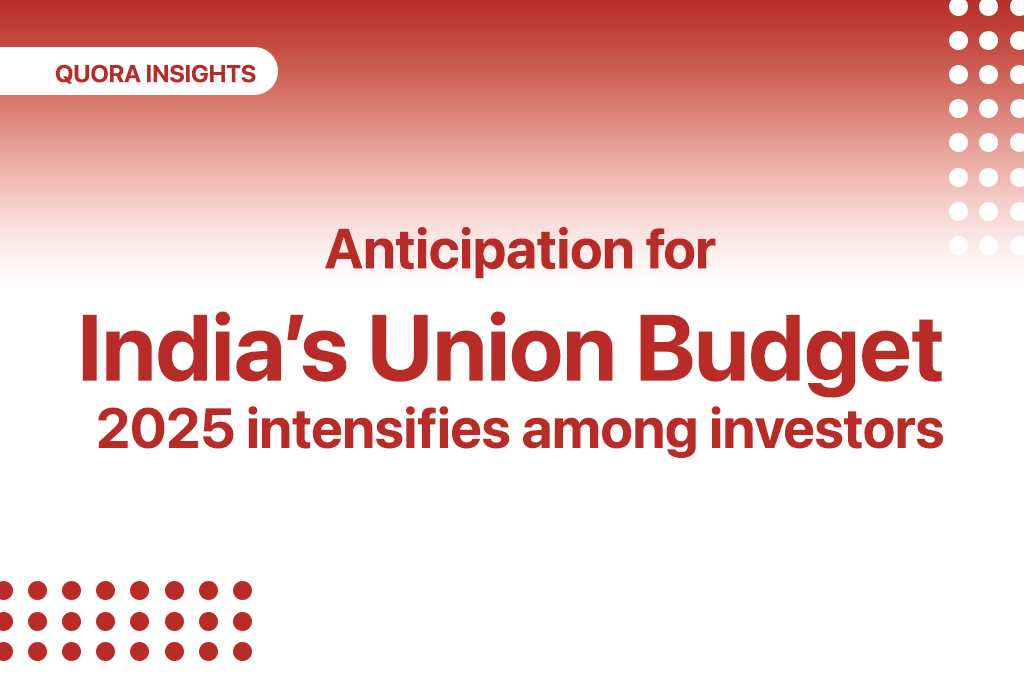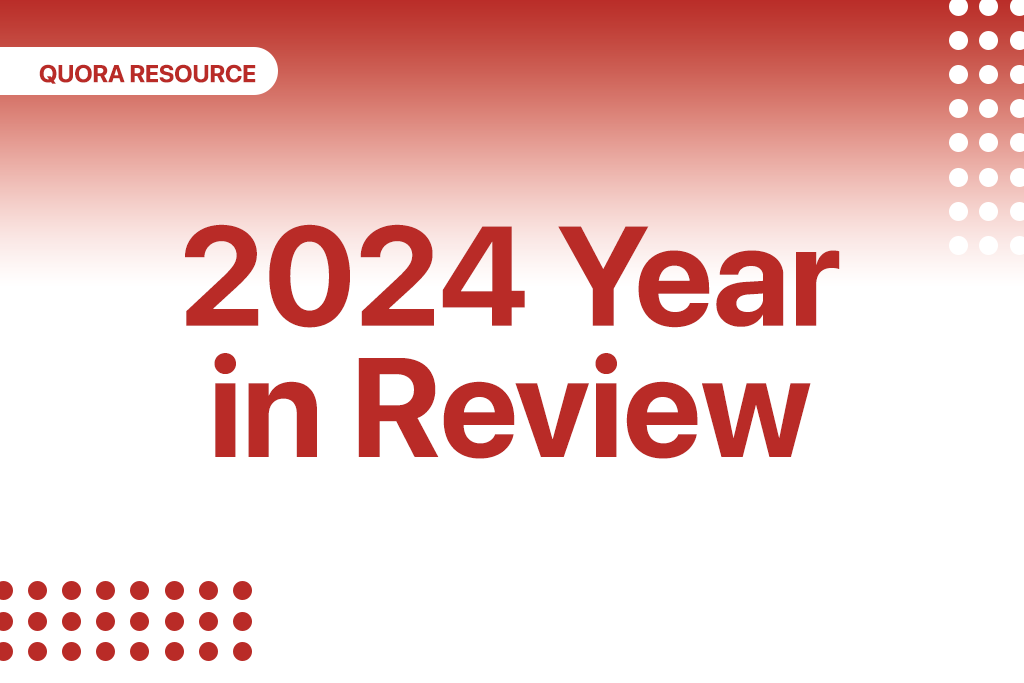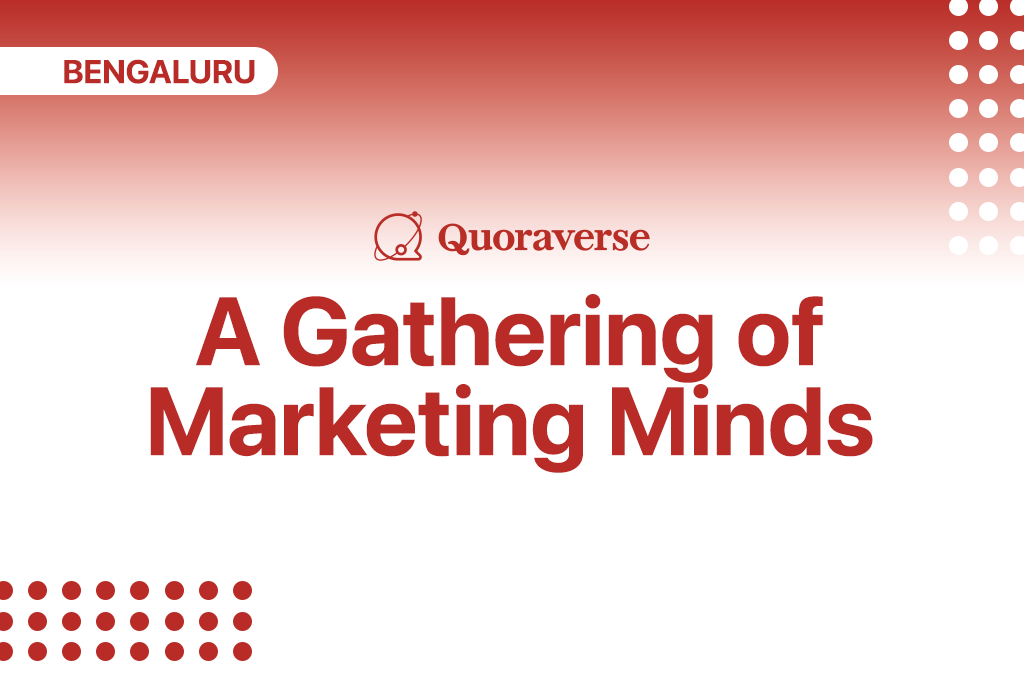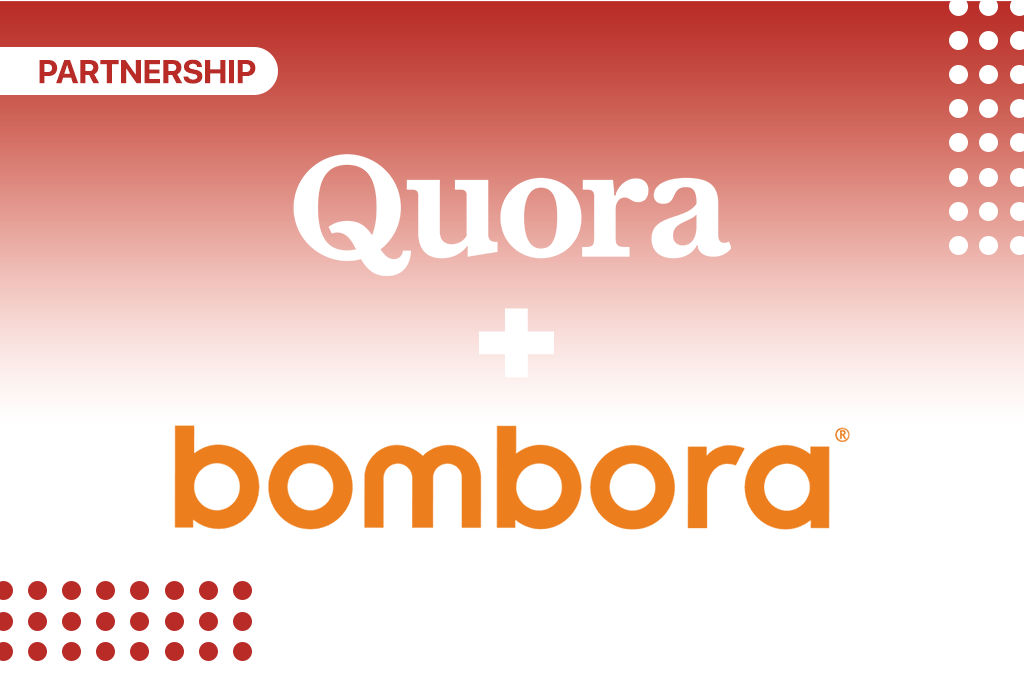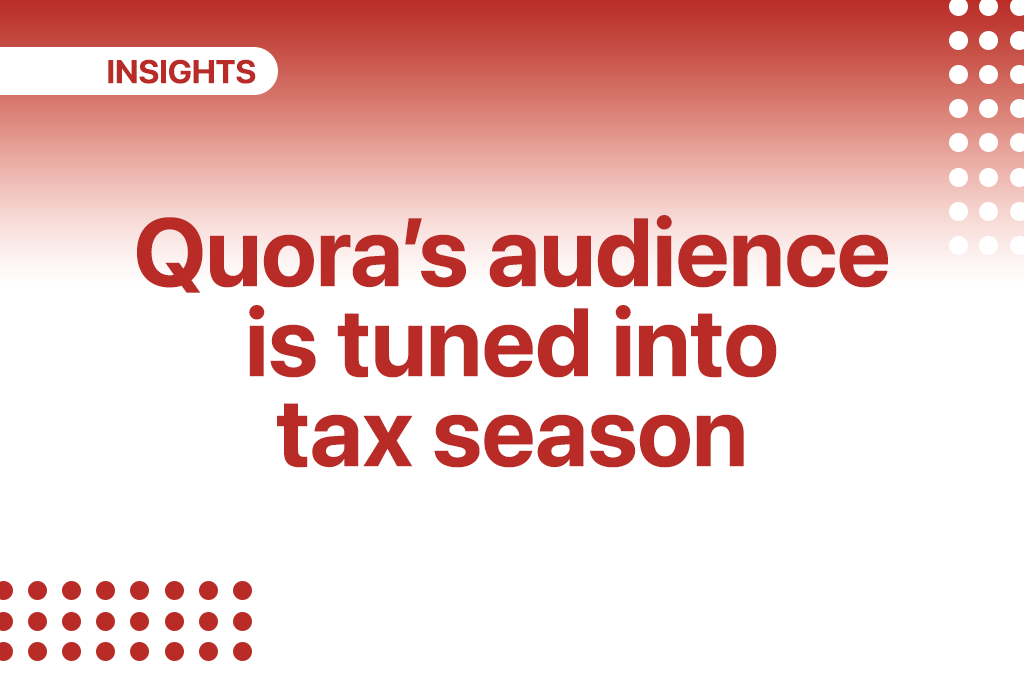Along with content created by businesses, it’s not uncommon to find content from audiences. This is user-generated content (UGC). It’s recognized as one of the most engaging and effective forms of content, and its role shouldn’t be underestimated if you are working with communication channels.
What is user-generated content (UGC)?
User-generated content (UGC) is online content created by users and brand customers — not in-house marketers or copywriters, but ordinary users on various platforms. UGC can be visual content (photos or videos) or text. First and foremost, it is emotional content: but emotions can be positive or negative. This type of content needs to be handled properly, and I’ll talk about that in this article.
Types of UGC
One of the most common and probably most popular types of UGC is reviews. Consumers often leave reviews of products or services on their social networks or brand group, as well as on review aggregator platforms and Q&A sites. These can also be video testimonials or How-To guides, if you’re a software developer, for example.
I encourage you to engage in discussion and respond to reviews of your brand, whether they are positive or negative. Negative reviews should be answered first and address the negatives. Depending on the situation and the type of service you provide, you can offer a solution to the problem.
Reviews help potential customers make a choice in your favor or not. People trust other people. In this situation, trust in the brand grows because it’s the perspective of ordinary people, rather than polished advertising information. That’s very important to customers. People like to read and watch other people’s stories because they are real.
The next type of UGC is content from bloggers or brand ambassadors. This is high-quality content that is also appreciated by the bloggers’ target audience. You can collaborate with a blogger and make him a brand partner. Better yet, someone could talk about your product for free, on their own accord. This type of content allows you to organically attract new audiences and introduce them to your product.
What problems does UGC solve?
One might also ask: What are the advantages of UGC? UGC is beneficial for both the brand and the audience; the brand receives a stream of fresh content authored by its consumers, while the potential audience’s trust in the brand grows.
The next challenge UGC solves is increasing conversions and engagement. As I wrote earlier, people are attracted and interested in feedback from real consumers, hence the growth. You can also get valuable feedback and new ideas on which to improve your product or service.
And another indicator is a good influence on SEO. Using UGC that links back to your site increases traffic and the number of unique backlinks, which raises your brand’s site higher in search engine rankings. Ultimately, this leads to an increase in audience.
How can you get UGC?
If consumers don’t write much about you, you can fix that. One of the easiest ways is to ask existing customers to leave a review on your site or on your social networks. The next way is to offer your audience bonuses or perks for creating UGC. This can be an additional discount, loyalty program rewards points, or a small gift from the brand. This is usually one method that works. You can also run a contest or survey if you have an active community. But if you know it won’t be of interest to your target audience, you shouldn’t use this method.
One famous example of the use of UGC is the Share a Coke campaign by Coca-Cola. The brand released a series of cans with different names. In Europe and the U.S., users were invited to share a Coke with a name bearer (eg: Share a Coke with Tom). The results were impressive: Users mentioned the brand on Twitter, with the hashtag #ShareaCoke. Over the course of the campaign, more than 150 million personalized bottles were sold. Customers took pictures with the bottles and actively shared content on social media.
Working with UGC is a separate marketing task that affects the effectiveness of the business. Study the examples of other companies and competitors, and feel free to start using this tool if you haven’t done it before.


